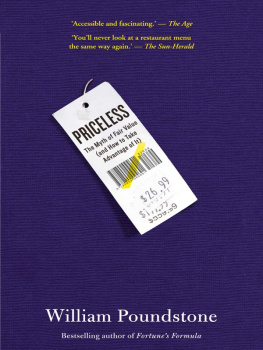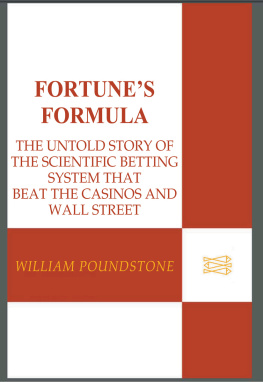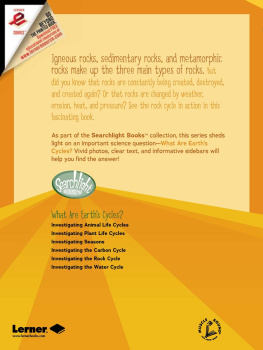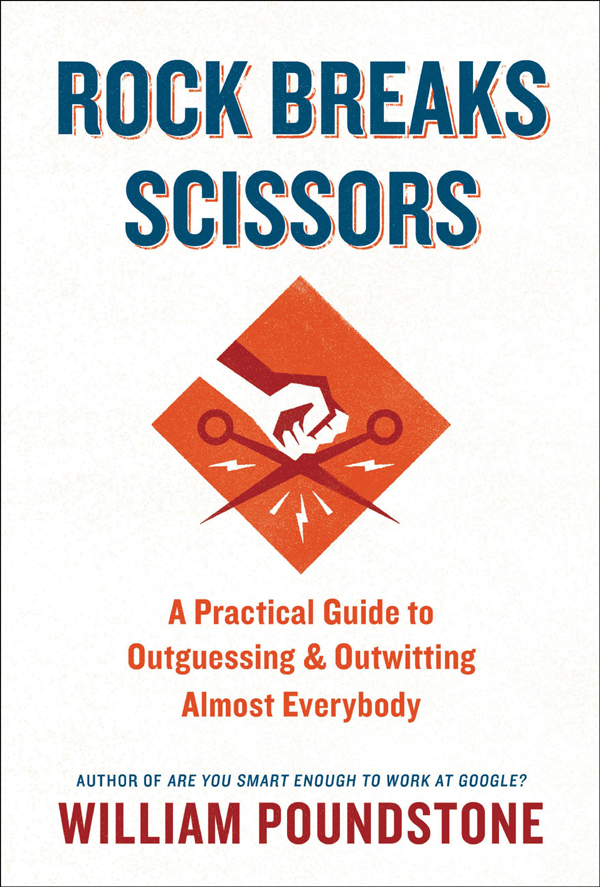T he outguessing machine began with a messy laboratory accident. Dave Hagelbarger was a gangly kid from Ohio, by way of Caltech, who worked at Bell Telephone Laboratories in Murray Hill, New Jersey, in the 1950s. The lab had a strict rule requiring its engineers to wear neckties. Hagelbarger, who worked around drill presses, wore bowtiesto prevent a messy accident.
He was trying to devise a new type of computer memory. A vacuum tube had to be heated at 400 C over a weekend. Hagelbarger returned Monday to find a gloppy mess. A careless assistant had left a pair of vinyl gloves in the oven with the precious vacuum tube. Months of work were ruined.
In frustration, Hagelbarger took off a few days to read and think. He decided that his next project would be a machine to read minds.
That idea came out of the pages of Astounding Science Fiction. The November 1950 issue had a towering mushroom cloud on the cover. Inside, author J.J. Coupling speculated that a computer might be able to create music by analyzing the statistical patterns of existing compositions and churning out similar though novel ones.
Coupling supplied some chance-derived music of his own, created with dice and a table of random numbersa year before John Cage would initiate similar experiments with the I Ching. Coupling observed that randomness was not so easy to achieve. One may, for instance, ask a man to produce a random sequence of digits, he wrote. Statistical studies of such sequences have shown that they are anything but random; it is beyond human power to write down a sequence of numbers which are not in some way weighted or connected.
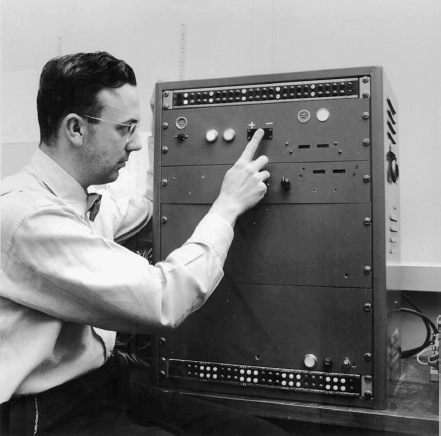
Hagelbarger found these ideas intriguing. But unlike most science fiction fans, he did something about it. He built a machine to predict human choices. It played the old-time schoolyard game of matching pennies. Two players conceal coins in their fists, either heads up or tails up. They reveal the coins in a simultaneous showdown. Its agreed beforehand that one player will win if the coins match, and the other will win if theyre different.
The outguessing machine, as Hagelbarger called it, was a clunky rectangular box about three feet high. Its front had two lights and two buttons labeled + and -. Those were the options, corresponding to heads and tails. The machine took the role of the matching player, meaning that its circuits had to predict what its human opponent would do. The human selected + orand said his choice aloud. Then he pressed a button and the machine revealed its prediction by illuminating one of two lightbulbs.
The business about announcing the choice was merely good theater. The machine could not possibly understand human speech with 1950s technology. It had already made its prediction before the word left the players lips.
The optimal strategy was to play randomly, choosing heads or tails with a 50 percent chance of each. This much was known to any child who played the penny game. The strategy of the machine is based on two assumptions, Hagelbarger explained.
(a) The play of people will not be random. They will be influenced by training and emotions so as to produce patterns in their play. For example, some people after winning twice, say, will tend to stick with their luck. Others will feel they should not push their luck and change. In either case, if they are consistent, the machine should catch them.
(b) In order to make it hard to beat, the machine should [try to predict] only when it is winning and play randomly when it loses.
Part (a) is playing offense. The machine gradually learned an opponents unconscious patterns and used them to predict. Part (b) is defense. Should the machine encounter a player it couldnt outguess, it would simply revert to random play and win 50 percent of the time.
Over the next weeks, Hagelbarger became an office pest, pleading with coworkers to play the machine. He needed a lot of data to prove that it worked. To boost the machines appeal, he added two rows of twenty-five lights across the top. Each time the machine won, a red light came on. When the human won, a green light came on. The challenge was to light up an entire row of lights before the machine did.
One scientist spent his lunch hours with it. Another had the system of asking himself a random yes-or-no question, such as Did I put on a red tie this morning? The yes-or-no answer would be translated into heads-or-tails and thereby make his play more random. After recording 9,795 plays, Hagelbarger was able to report that his machine had won 5,218 times53.3 percent of the time. Though the machines advantage was small, its victory was statistically conclusive.


